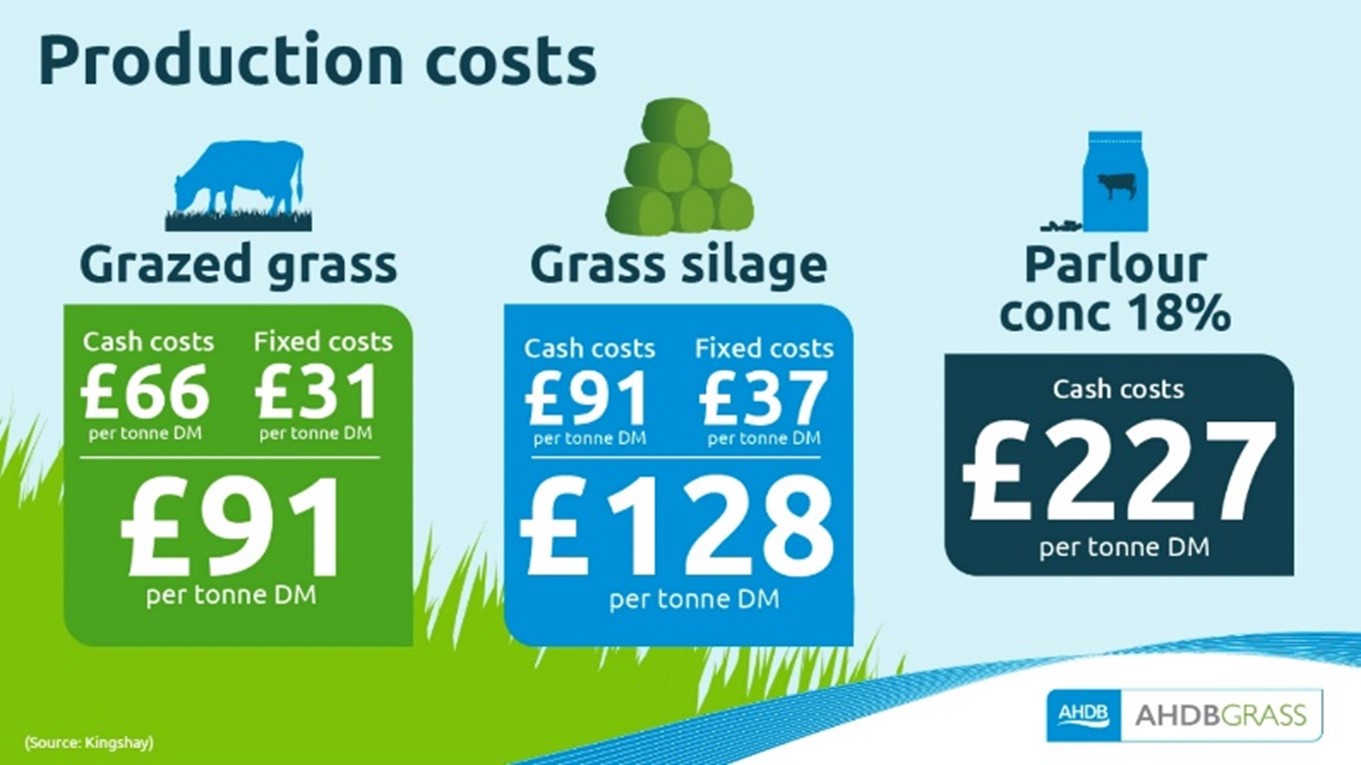- Home
- Knowledge library
- Think about silage requirements and prioritise grazing
Think about silage requirements and prioritise grazing
Plan ahead this spring and think about silage requirements for next winter.
Grazed grass is the most economic feed, and you need to get optimum animal performance at grazing but make enough quality winter forage. Use silage-making for surplus forage to maintain quality in front of the stock both when grazing or for conserved forage.

How to minimise losses before silage-making
- Assess last year’s silage to identify areas for improvement, such as dry matter level, leaf to stem ratio, fermentation quality and proportion of seed heads belonging to sown species
- Soil test silage fields to make sure potash and sulphur levels are sufficient
- Ensure swards have high proportions of high digestibility grasses and clovers
- Carefully match cutting dates to grass ear emergence for the type of silage required – cut when about 50% of ears have emerged for a 66 D-value forage, earlier for higher quality at the expense of yield, and later where quantity is the key requirement
- Store silage from different fields and cuts separately if possible or mark the wrap – so the higher quality can be fully utilised in feeding
- Have all silages analysed to enable the most accurate and cost-effective utilisation.
Calculate winter feed requirements
Winter feed requirements need to take into account the volume and quality of winter forage that is required, and for which groups of stock. The quality requirements for cattle to be finished over the winter months are very different from those of spring calving suckler cows or ewes. Also take into account storage, feeding and harvest losses, which can account to 25% or more.
For more information see:

